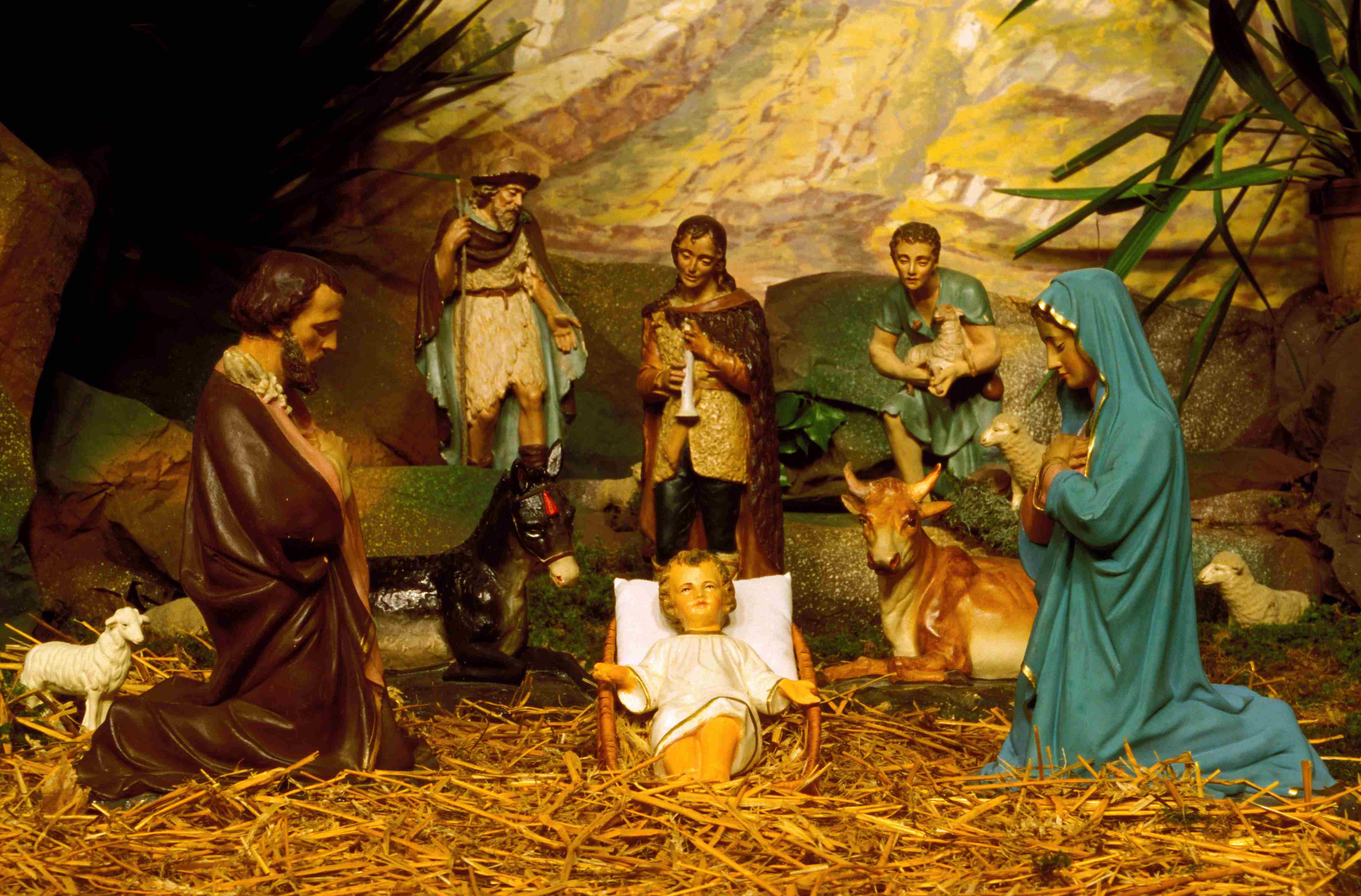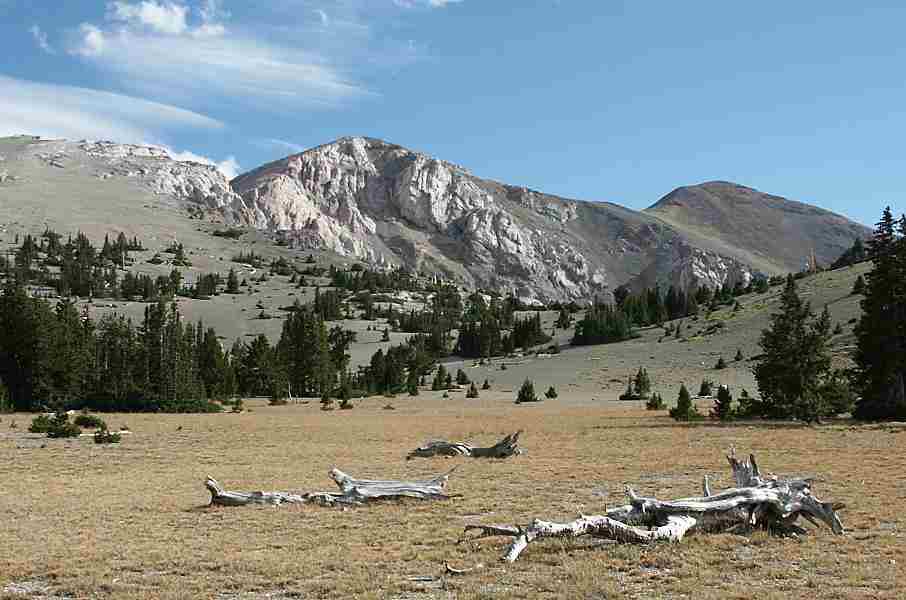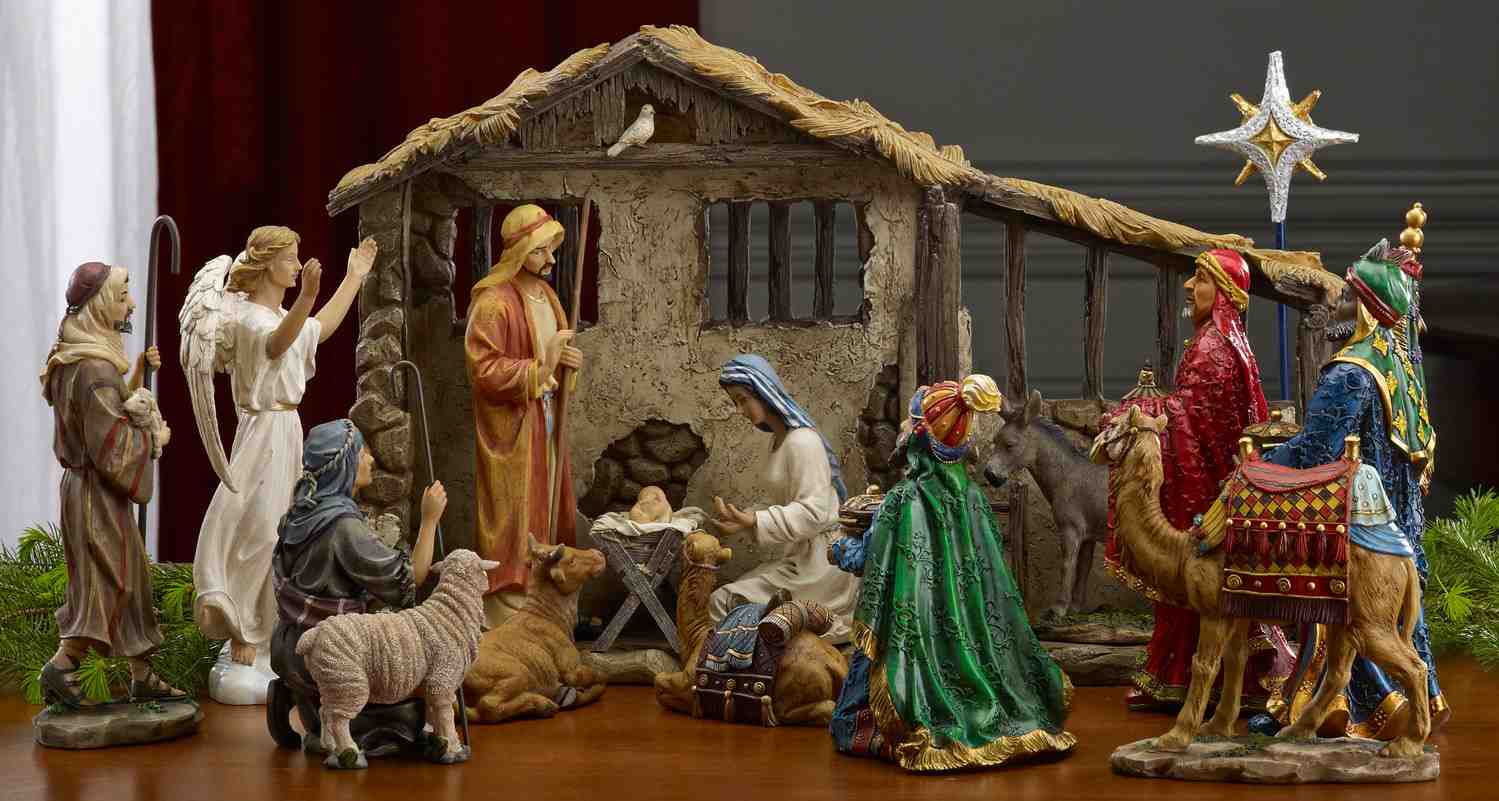
The Supreme Essence and the Manger (Inspired by the Nativity Feast Hymns)
Christ, in the flesh, lived on earth for thirty three and a half years, and in the last three and a half years of this period He ministered by teaching, healing the sick, preaching the kingdom of God, and fulfilling salvation by His death, resurrection, and ascension to heaven. Throughout this period He was accompanied by His disciples, who were eyewitnesses to all the previously mentioned aspects of His ministries. The questions that we need to raise here are: How did those disciples perceive Him? Did they see Him as God incarnate during the period of His ministry? Did they think of Him as He truly is, fully divine and fully human in a perfect unity?

Mountains of the Bible And Their Significance (3)
As the Israelites were living in hilly and mountainous land and surrounded by other mountains and hills, e.g. Edom, Moab, Gilead, Lebanon..., the mountains imagery was a persistent component of the OT literature, especially in the book of Psalms. We can identify some mountains characteristics that qualified them to be frequently used in Biblical imagery:

Mountains of the Bible And Their Significance (2)
The Bible has often used mountains imagery, and we can classify this usage under four general categories, according to Bruce K. Waltke in the Theological Wordbook of the Old Testament.

Mountains of the Bible And Their Significance (1)
Mountains had a special place in the Bible. Many of them were closely related with great biblical characters: Abraham went to offer his son on a mountain (Mount Moriah), Moses took the tablets containing the ten commandments written by God's hand on a mountain (Mount Horeb), Elijah confronted the prophets of Baal on a mountain (Mount Carmel); preeminently Our Lord Jesus Christ on his life on the holy land, many of the great events of his blessed life took place on mountains. He gave his most famous and recognized sermon on a mountain, he was transfigured on a mountain (Mount Tabor), and He ascended into heaven from a mountain (Mount of Olives).

Distinct Characteristics of the Christian Faith (5) Love (Cont.)
Summary of the previous article

Distinct Characteristics of the Christian Faith (3) Love
God is Love. This phrase was mentioned twice in one chapter in the New Testament (1 John 4: 8, 16) and has been the embodiment of the Christian faith as a whole. It has also been a distinct identity for Christians and for the Christian faith. Perhaps one would need to research the history books to uncover how and when this phrase was chosen as a symbol to Christianity and Christians. Who chose this phrase” Where it was first used? How did it spread? In any case, this short phrase is indeed the most powerful and most representative of the Christian faith as a doctrine, on the one hand, and a way of life and a code of conduct on the other.

Distinct Characteristics of the Christian Faith (3) The work of the Holy Spirit within Christians (Cont.)
Summary of previous article on this topic:

Distinct Characteristics of the Christian Faith (2)
The work of the Holy Spirit within Christians